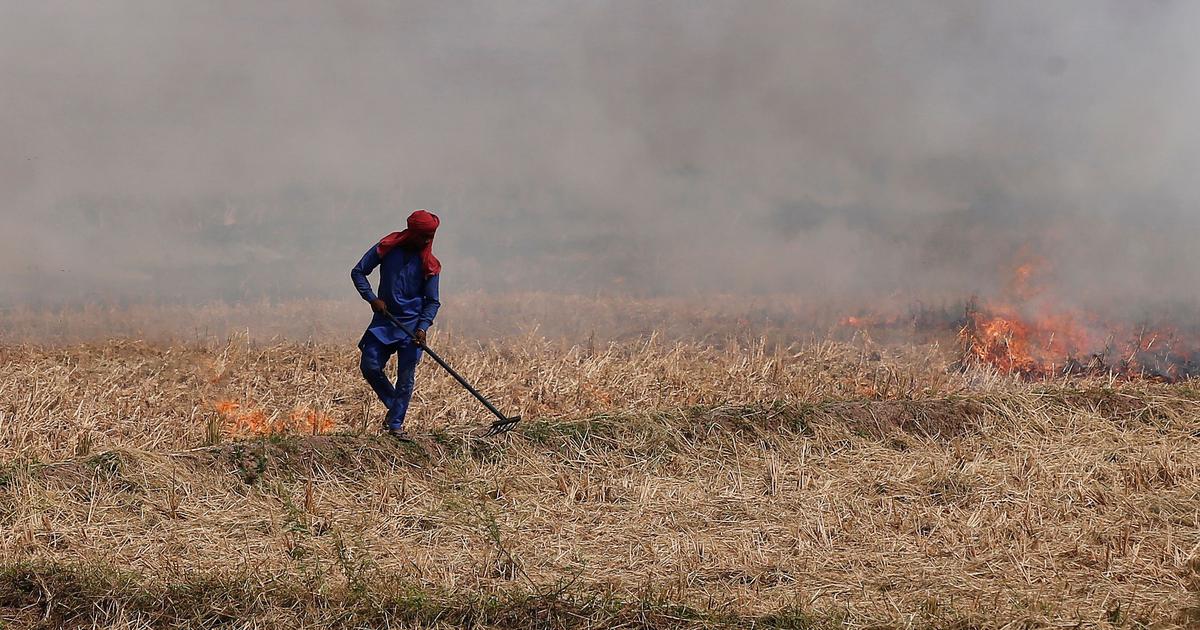Environmental Governance and Policy
| Council for Strategic and Defense Research |22 April 2024
Sustainable Solutions to Crop Residue Burning and Air Pollution Cycle in India and Pakistan

Introduction
Crop residue burning (CRB), or stubble burning, is common across much of India and Pakistan. Its prevalence is most highly concentrated in the agricultural belts of the Indo-Gangetic Plain (IGP) that straddles both nations. This region contributes substantially to both nations’ agricultural productivity and food security, primarily through growing staple crops, rice and wheat. While CRB occurs sporadically in different parts of both countries throughout the year, the seasonal burning occurring annually between October and November, coupled with unfavorable meteorological conditions in the IGP, results in extreme air pollution across the whole region. The byproduct of a short transition between growing seasons, the particulate matter (PM2.5) released as a result of CRB in the North-east of Pakistan and North-west of India is carried downwind to other parts of the IGP, with substantial focus afforded to the impact it has on the air quality of India’s National Capital Region due to prevailing low winds and colder temperatures. The PM2.5 levels measured in the region during this period routinely exceed World Health Organization guidelines for acceptable levels of exposure by 20-100 times, causing a public health emergency.
This chapter aims to unpack the scope of CRB across both countries, understand the proximal and distal causes, current policy interventions, and how both countries could sustainably address this issue in the long run.


